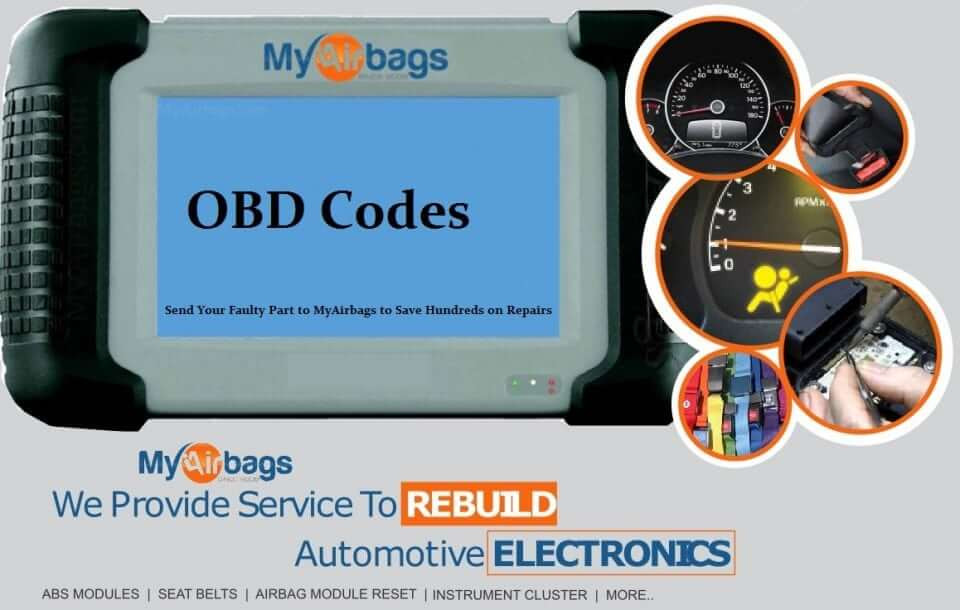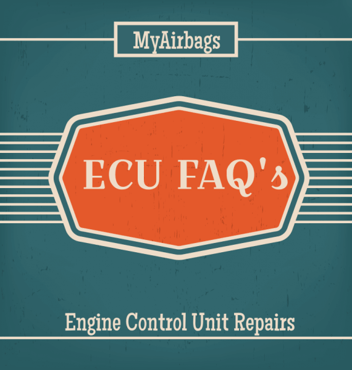
In 1996, all vehicles were required to become OBDII compliant, allowing error codes to be read more easily. This means every vehicle now contains an OBDII diagnostic connector, which helps explain what errors are occurring within the vehicle's components. Below is a guide from
UpFix.com to understanding OBD codes.
Understanding OBD Codes
Each OBD code contains five characters: one letter and four digits.The First Character
The first character indicates which part of the vehicle system the error is affecting:- P — Powertrain: The main vehicle components that generate power. Generally, this includes the engine, transmission, drive shafts, differentials and final drive.
- B — Body: Faulty or damaged parts to the body of the vehicle will register these codes.
- C — Chassis: The internal framework of a vehicle that keeps the body, wheels and suspension tied together.
- U — Network: These error codes generally have something to do with a communication problem within your vehicle.
The First Digit
The first digit indicates whether the code is generic or manufacturer specific:- 0 — Generic
- 1 — Manufacturer Specific
The Third Digit
The third digit indicates the sub-system:- 1 - Emission Management
- 2 - Injector Circuit
- 3 - Ignition or Misfire
- 4 - Emission Control
- 5 - Vehicle Speed & Idle Control
- 6 - Computer & Output Circuit
- 7 - Transmission
- 8 - Transmission
- 9 - SAE Reserved
- 0 - SAE Reserved
The Fourth & Fifth Digit
The last digits indicate the specific error, depending on the make and model of the vehicle. To find out what certain OBD codes mean for your vehicle, select your vehicle manufacturer from the list below:- Generic DTC Codes
- BMW
- Dodge / Chrysler / Plymouth
- Ford / Lincoln / Mercury
- Ford Trucks
- GM Cars
- GM Trucks
- Honda Acura
- Hyundai
- Isuzu
- Jaguar
- Kia
- Land Rover
- Mazda
- Mercedes
- Mitsubishi
- Nissan/Infiniti
- Saab
- Subaru
- Toyota
- Volvo
- Volkswagon / Audi

 upfix.com
upfix.com 888-979-9343
888-979-9343